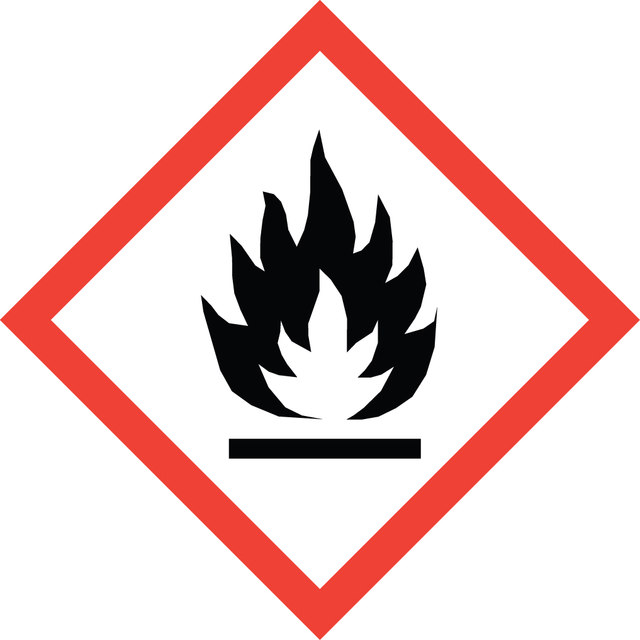179973
Acetone
Laboratory Reagent, ≥99.5%
로그인조직 및 계약 가격 보기
About This Item
Linear Formula:
CH3COCH3
CAS Number:
Molecular Weight:
58.08
Beilstein:
635680
EC Number:
MDL number:
UNSPSC 코드:
12352115
eCl@ss:
39021201
PubChem Substance ID:
NACRES:
NA.21
Grade:
Laboratory Reagent
Bp:
56 °C/760 mmHg (lit.)
Vapor pressure:
184 mmHg ( 20 °C)
Grade
Laboratory Reagent
Quality Level
vapor density
2 (vs air)
vapor pressure
184 mmHg ( 20 °C)
분석
≥99.5%
양식
liquid
expl. lim.
13.2 %
dilution
(for analytical testing)
불순물
≤0.5% water
증발 잔류물
≤0.002%
refractive index
n20/D 1.359 (lit.)
pH
5-6 (20 °C, 395 g/L)
bp
56 °C/760 mmHg (lit.)
mp
−94 °C (lit.)
density
0.791 g/mL at 25 °C (lit.)
형식
neat
SMILES string
CC(C)=O
InChI
1S/C3H6O/c1-3(2)4/h1-2H3
InChI key
CSCPPACGZOOCGX-UHFFFAOYSA-N
유사한 제품을 찾으십니까? 방문 제품 비교 안내
일반 설명
Acetone is a polar organic solvent. It can undergo photocatalytic oxidation in the presence of mixed TiO2-rare earth oxides.
애플리케이션
Acetone undergoes aldolization in the presence of Mg-Al layered double hydroxides (LDH) as catalysts and Cl- and/or CO32- as compensating anions to afford diacetone alcohol and mesityl oxide as the main products. Its enantioselective Aldol condensation with various isatins in the presence of a dipeptide catalyst forms 1-alkyl 3-(2-oxopropyl)-3-hydroxyindolin-2-ones. Aqueous solution of acetone may be used as a medium for the oxidation of alkynes to 1,2-diketones using potassium permanganate.
Acetone′s luminesence intensity is dependent upon the solution components . The absorption of UV light by acetone, results in its photolysis and the production of radials .
신호어
Danger
유해 및 위험 성명서
Hazard Classifications
Eye Irrit. 2 - Flam. Liq. 2 - STOT SE 3
표적 기관
Central nervous system
보충제 위험성
Storage Class Code
3 - Flammable liquids
WGK
WGK 1
Flash Point (°F)
1.4 °F - closed cup
Flash Point (°C)
-17.0 °C - closed cup
자사의 과학자팀은 생명 과학, 재료 과학, 화학 합성, 크로마토그래피, 분석 및 기타 많은 영역을 포함한 모든 과학 분야에 경험이 있습니다..
고객지원팀으로 연락바랍니다.
